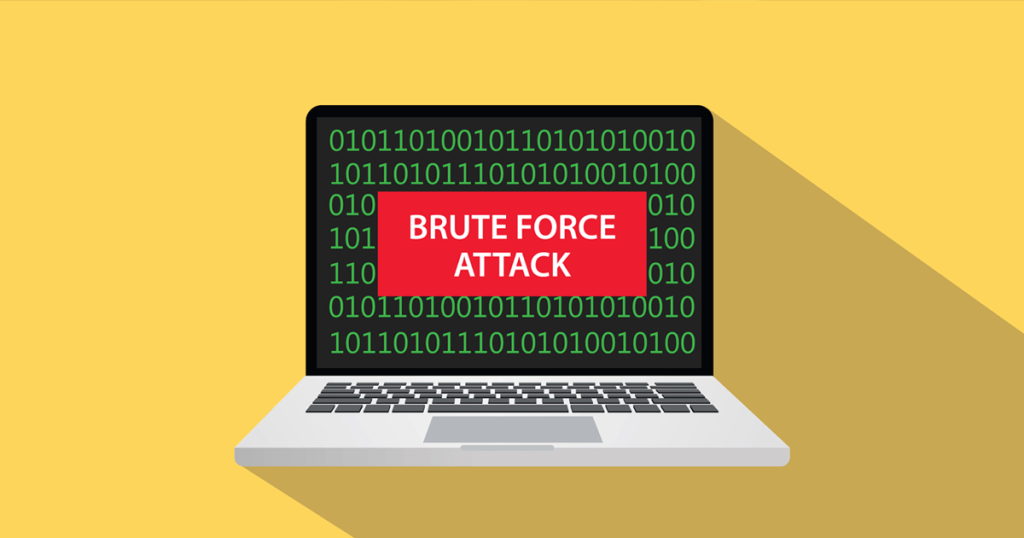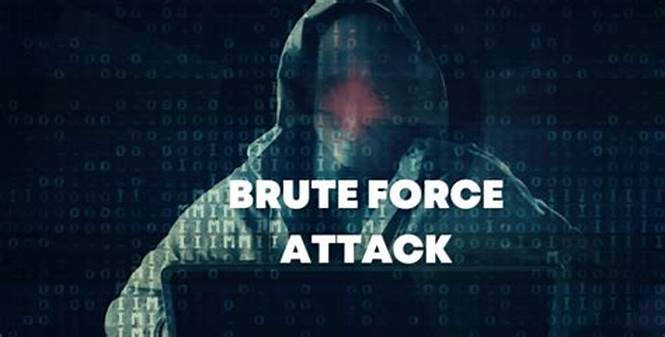
In the realm of web hosting, a brute force attack is a malicious attempt to gain unauthorized access to a website, server, or web application by systematically trying all possible username and password combinations until the correct one is found. This method exploits vulnerabilities in authentication mechanisms, such as login forms or FTP (File Transfer Protocol) access, and relies on the sheer computational power to crack passwords. In this article, we’ll explore how brute force attacks target web hosting environments, their impact, and strategies to mitigate them effectively.
Targeting Web Hosting Environments:
Web hosting environments encompass a wide range of systems and services, including web servers, databases, content management systems (CMS), and more. Each component represents a potential entry point for attackers seeking to compromise the hosting infrastructure or steal sensitive data. Brute force attacks in web hosting typically target the following areas:
- Website Login Pages: Attackers may target the login pages of websites, attempting to guess the credentials of legitimate users with the aim of gaining unauthorized access. This could include platforms like WordPress, Joomla, or custom-built login systems.
- FTP and SSH Access: File Transfer Protocol (FTP) and Secure Shell (SSH) are commonly used protocols for accessing and managing files on web servers. Brute force attacks against FTP or SSH involve repeatedly trying different username-password combinations to gain unauthorized access to the server’s file system.
- Control Panels: Web hosting control panels, such as cPanel or Plesk, provide administrators with a graphical interface for managing various aspects of the hosting environment. Brute force attacks may target control panel login pages to compromise administrative accounts and gain control over the server.
Impact of Brute Force Attacks:
Brute force attacks in web hosting can have severe consequences for both website owners and hosting providers:
- Data Breaches: Successful brute force attacks can lead to unauthorized access to sensitive data stored on the server, including customer information, financial records, and intellectual property. This can result in data breaches with significant financial and reputational damage.
- Website Defacement or Downtime: Attackers may exploit compromised access to deface websites, inject malicious code, or disrupt services, leading to website downtime and loss of revenue. In some cases, attackers may use compromised servers for distributing malware, phishing campaigns, or launching further attacks against other targets.
- Resource Consumption: Brute force attacks generate a significant volume of login attempts, consuming server resources such as CPU, memory, and bandwidth. This can degrade the performance of the hosting environment, impacting the user experience for legitimate visitors and customers.
Mitigation Strategies:
To defend against brute force attacks in web hosting environments, it is essential to implement robust security measures and best practices:
- Strong Authentication Mechanisms: Use strong and unique passwords for all accounts associated with the hosting environment, including website logins, FTP/SFTP, SSH, and control panel access. Encourage users to enable multi-factor authentication (MFA) whenever possible to add an extra layer of security.
- Rate Limiting and Account Lockout: Implement rate limiting mechanisms to restrict the number of login attempts allowed within a specific time frame. Additionally, enforce account lockout policies that temporarily suspend accounts after a certain number of failed login attempts, preventing brute force attacks from succeeding.
- Web Application Firewalls (WAF): Deploy a web application firewall to filter and monitor incoming traffic, detecting and blocking suspicious login attempts in real-time. WAFs can help identify patterns indicative of brute force attacks and mitigate them before they compromise the hosting environment.
- Intrusion Detection and Monitoring: Continuously monitor server logs, network traffic, and system activity for signs of unauthorized access or abnormal behavior. Implement intrusion detection systems (IDS) and security information and event management (SIEM) solutions to detect and respond to potential security incidents promptly.
- Regular Software Updates and Patch Management: Keep all software, including web servers, CMS platforms, plugins, and operating systems, up to date with the latest security patches and updates. Vulnerabilities in outdated software can be exploited by attackers to gain unauthorized access to the hosting environment.
- Security Audits and Penetration Testing: Conduct regular security audits and penetration tests to identify and address potential vulnerabilities in the hosting environment proactively. By simulating real-world attack scenarios, organizations can assess their security posture and implement necessary remediation measures.
Conclusion:
Brute force attacks pose a significant threat to web hosting environments, targeting authentication mechanisms to gain unauthorized access and compromise sensitive data. By implementing robust security measures such as strong authentication mechanisms, rate limiting, web application firewalls, intrusion detection, and regular software updates, organizations can effectively defend against brute force attacks and safeguard their hosting infrastructure from malicious actors. Additionally, proactive security practices such as security audits and penetration testing can help identify and mitigate vulnerabilities before they are exploited by attackers, ensuring the integrity, availability, and confidentiality of web hosting services and data.



